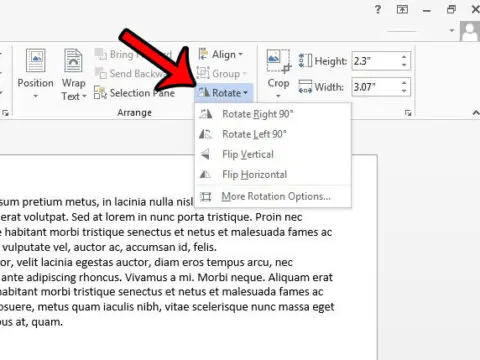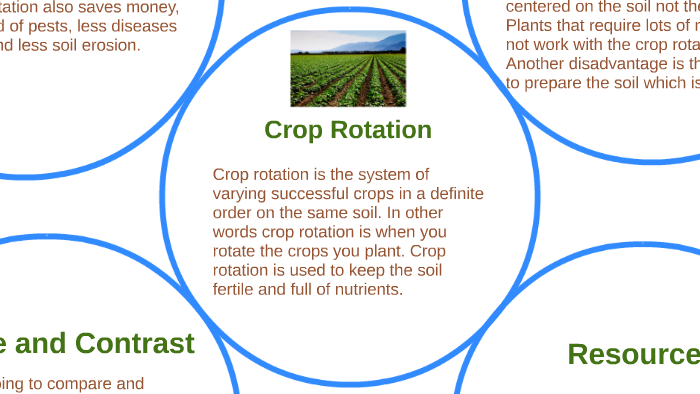
When we design things, we often assume an ideal, or perfect, boundary condition. And similarly for rotation, if it is stated that the rotation of a beam is fixed about the X axis at one end, that means that the beam cannot rotate about the X axis at that end. For example, if it is stated that the translation of a beam is fixed in the X axis at one end, that means that the beam cannot translate, or move, along the X axis (in the direction of +/- X) at that end. To say that a specific degree of freedom of a support is "fixed" is to say that the support cannot translate along, or rotate about, that axis.
OTHER WORDS FOR ROTATE FREE
The lever is mounted on a pivot point in proximity to the wheel.So there's a permutation of rotation and translation each being either fixed or free for a column. To arrest movement, the method commonly employs a small gravity or spring-actuated lever paired with a notched wheel. To resist movement (or when creating incremental steps), methods are employed which include a spring-loaded ball bearing that locates in small incremental depressions, or a piece of spring steel that snaps into position on flat surfaces or shallow notches milled into the shaft or wheel. Those are three different knobs with different purposes but all having a common property - resistance to twist by design. Rotary switches typically employ detents to keep the control shaft properly aligned with the appropriate contact.Īs well as a timer knob that resists being twisted back to 0 because of the timerĪny spring-powered wind-up toy employs one, in order to disallow unwinding of the spring. I'm talking about a stepped knob and a toggle knob (similar but only 2 positions) The term is also used for the method involved.ĭetents are for example used to simply arrest rotation in one direction or to intentionally divide a rotation into discrete increments. Such a device can be anything ranging from a simple metal pin to a machine. I'm not sure this helps you at all, but torsibility is so very close to suiting your needs (and also the most self-contradictory definition I've ever seen) that I had to post it.Ī detent is a device used to mechanically resist or arrest the rotation of a wheel, axle, or spindle. But if you want to define detent for an audience that isn't already familiar with it, this would probably be confusing.īottom line, the word is probably rare enough that your audience would just roll with the word however you use it, so long as you're consistent (but there's a very slim possibility that you will run into someone who has heard it before, in a way that's not consistent with however you choose to use it). If your audience already knows what a detent does, either formulation would be understood. But a harder case would be if you said something likeĪ detent is added to a mechanism to increase/decrease torsibility.

Now, with that particular sentence, I think either formulation would be understood purely from context. Which is essentially the exact opposite of the first suggested sentence. If you're using the "ability to twist" meaning you would need to sayĭue to the low torsibility of the mechanism, it was difficult to twist.
.jpg)
These definitions appear to me to be in direct conflict with themselves, and half in conflict with the M-W definition.

From Collins Dictionary (emphasis added): So you could sayĭue to the (high) torsibility of the mechanism, it was difficult to twist.Į might possibly mean exactly the opposite of what you want. It was originally used for describing materials rather than mechanisms (it's a measure for wire, like tensile strength), but I think it could be easily extended to other things that are twisted. Since "torsion" is twisting, this is essentially a word for "difficulty of twisting". Resistance to torsion also : tendency (as of a twisted rope) to untwist The (very rare) noun torsibility actually means just about what you want.


 0 kommentar(er)
0 kommentar(er)
